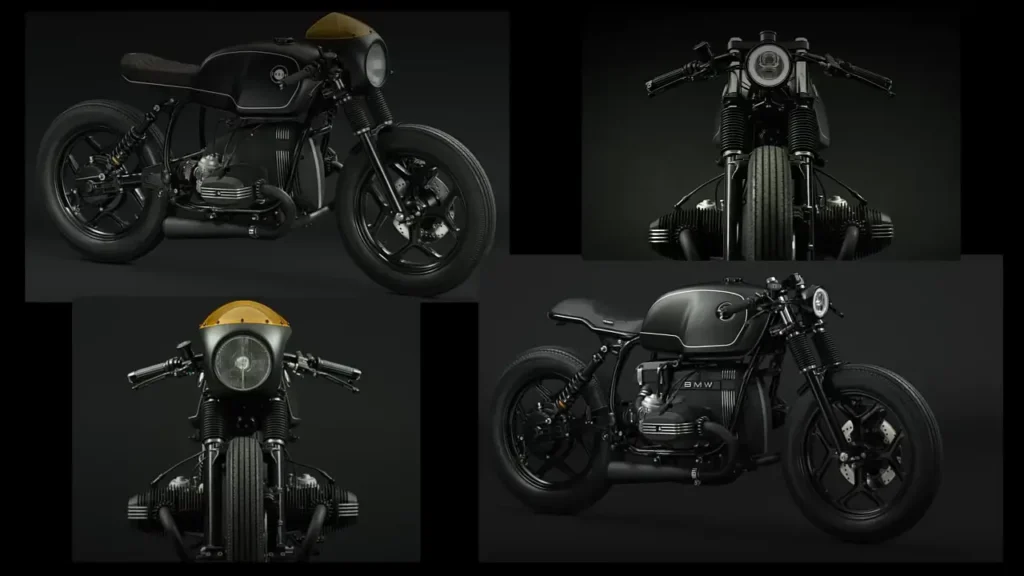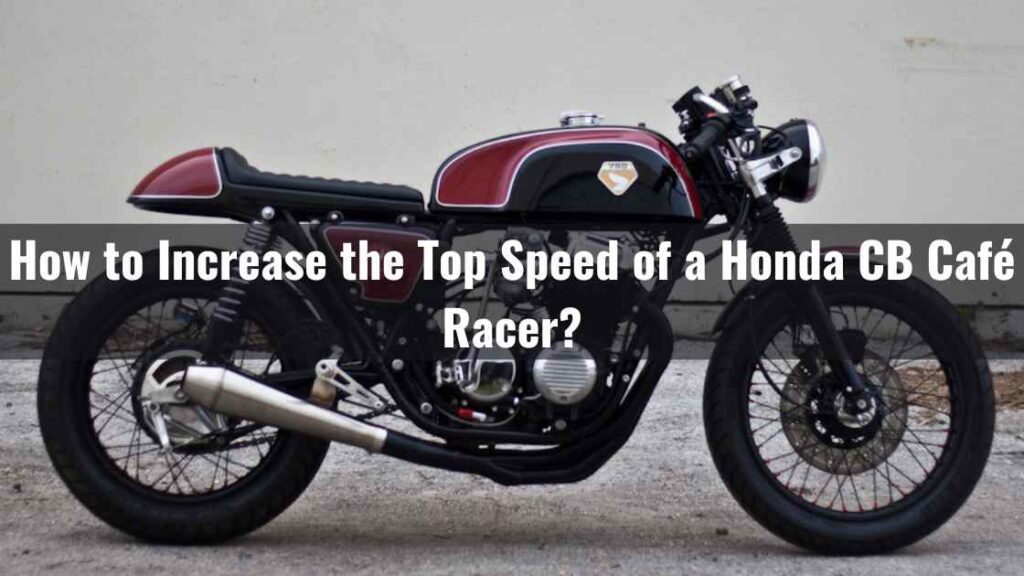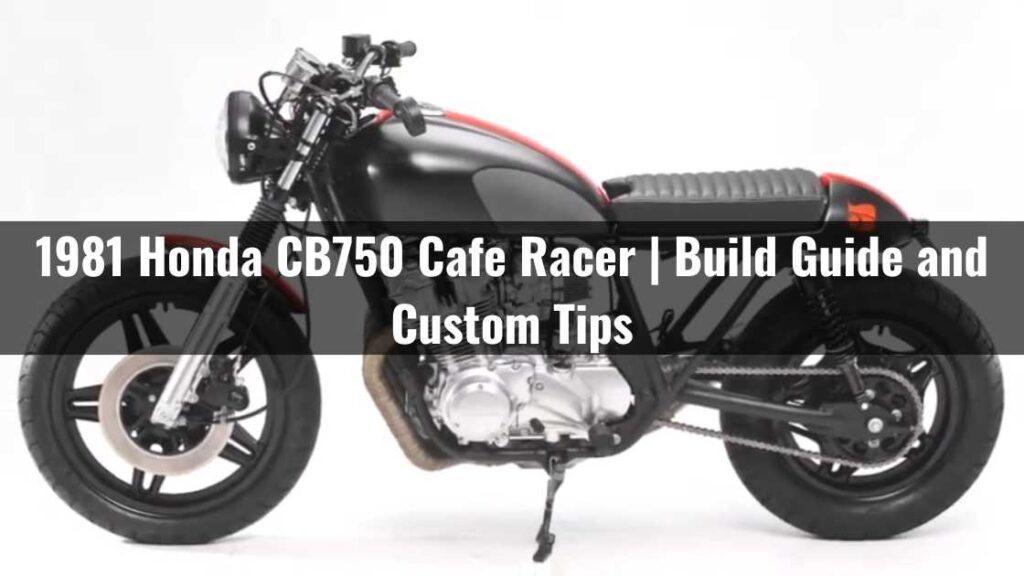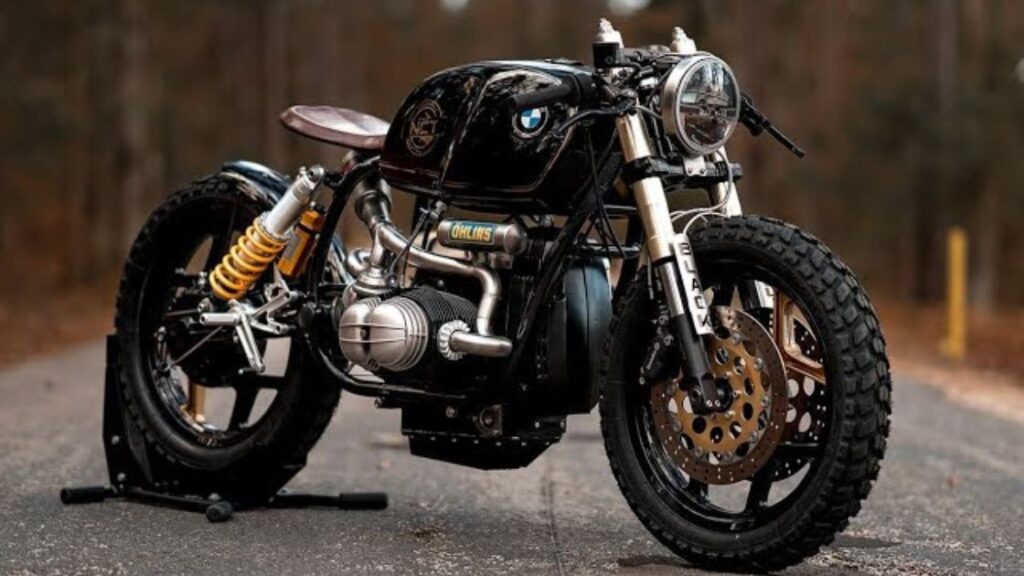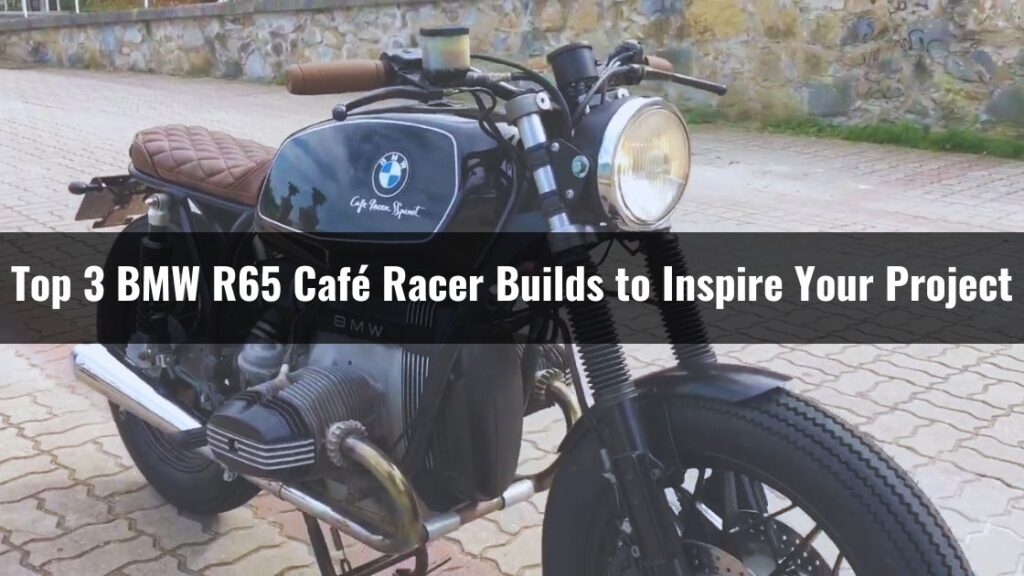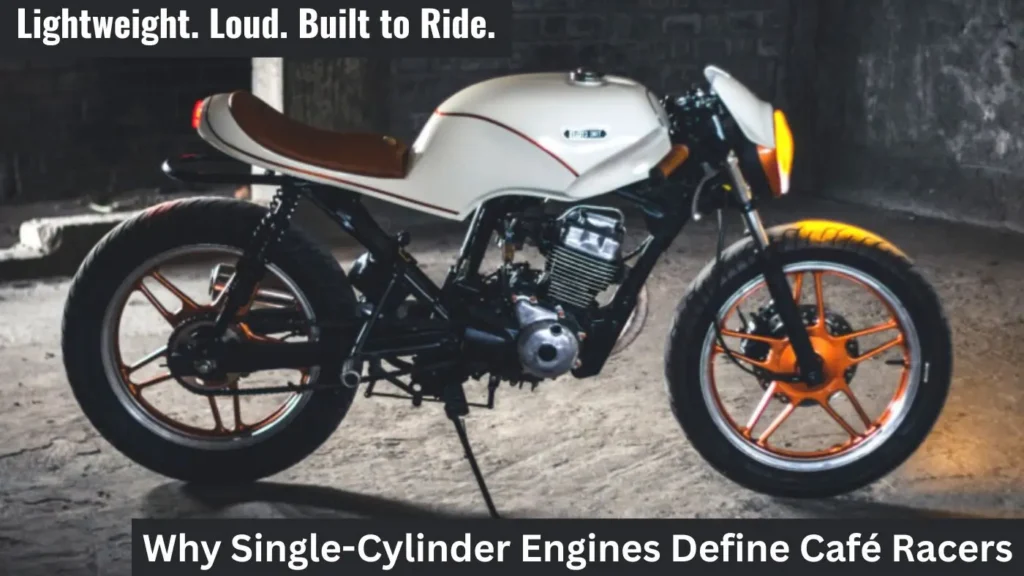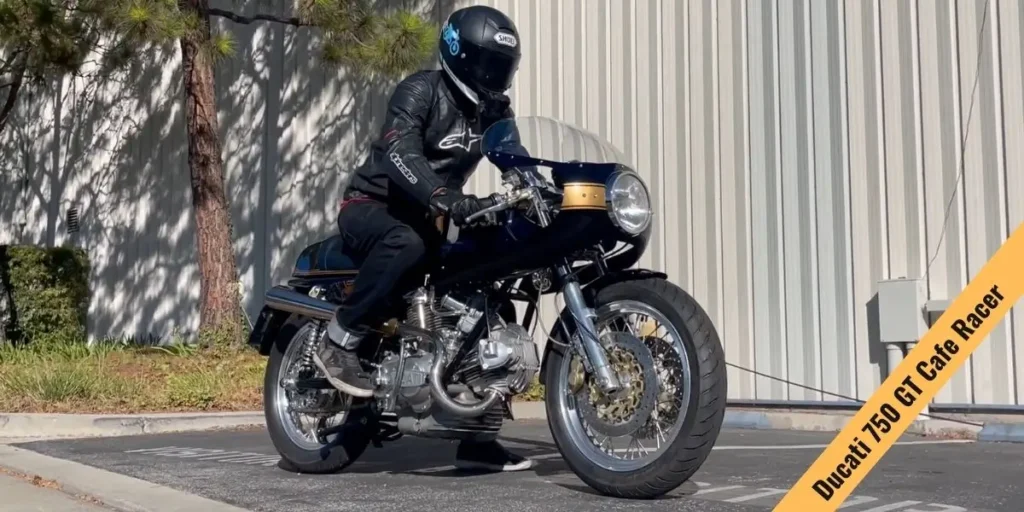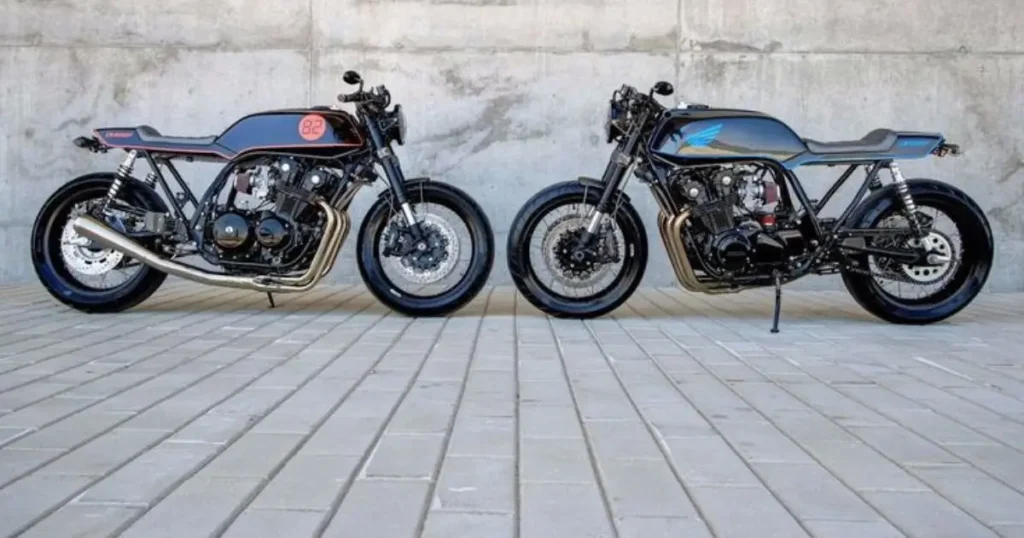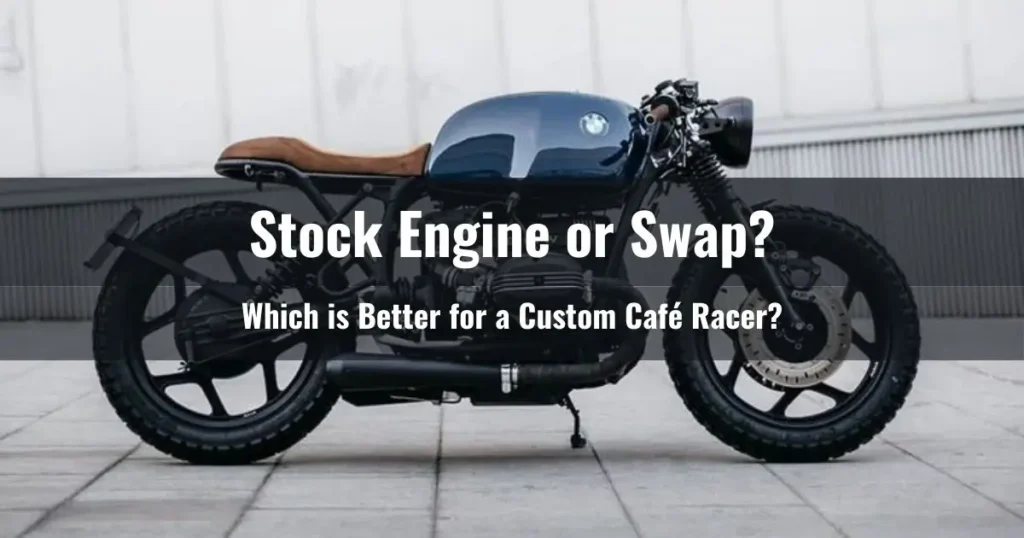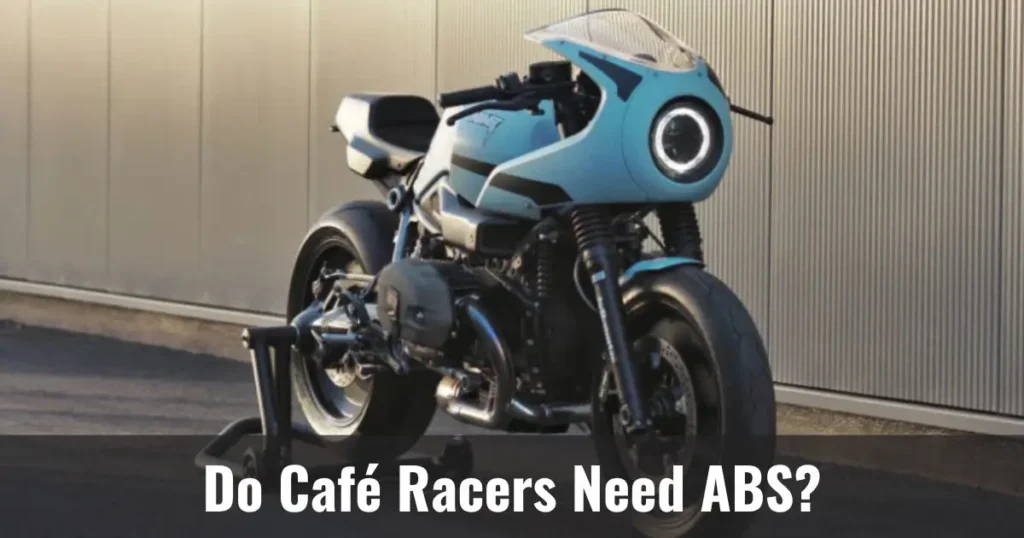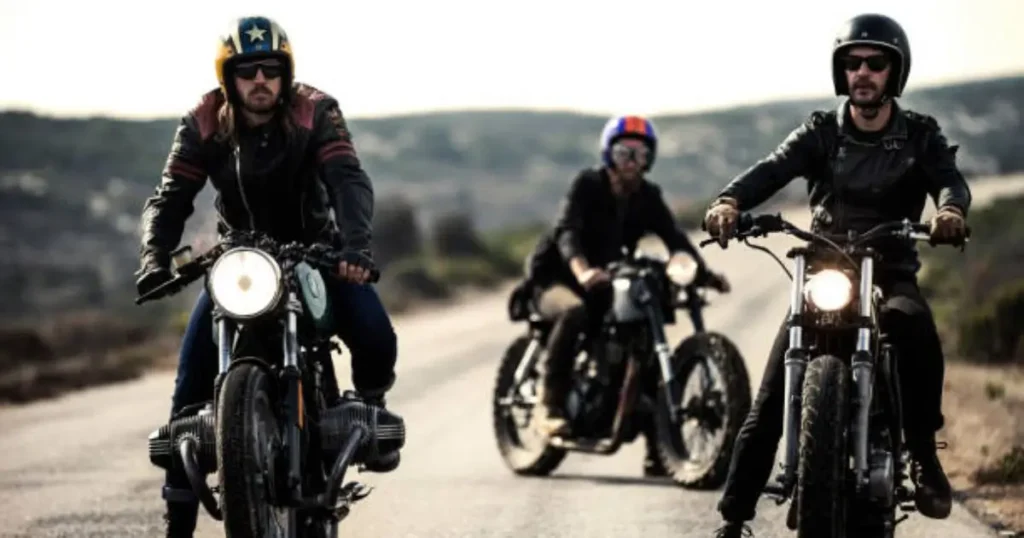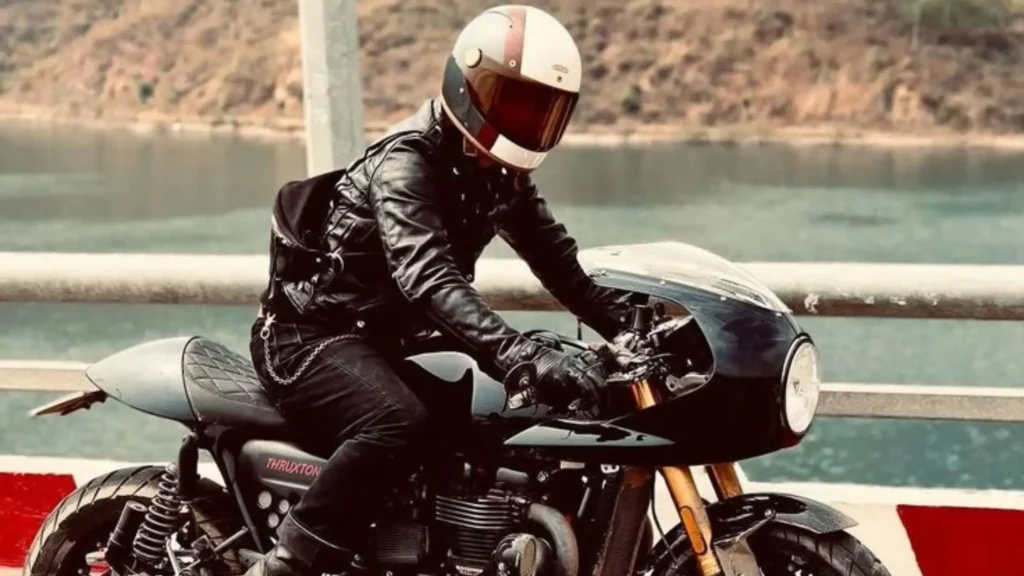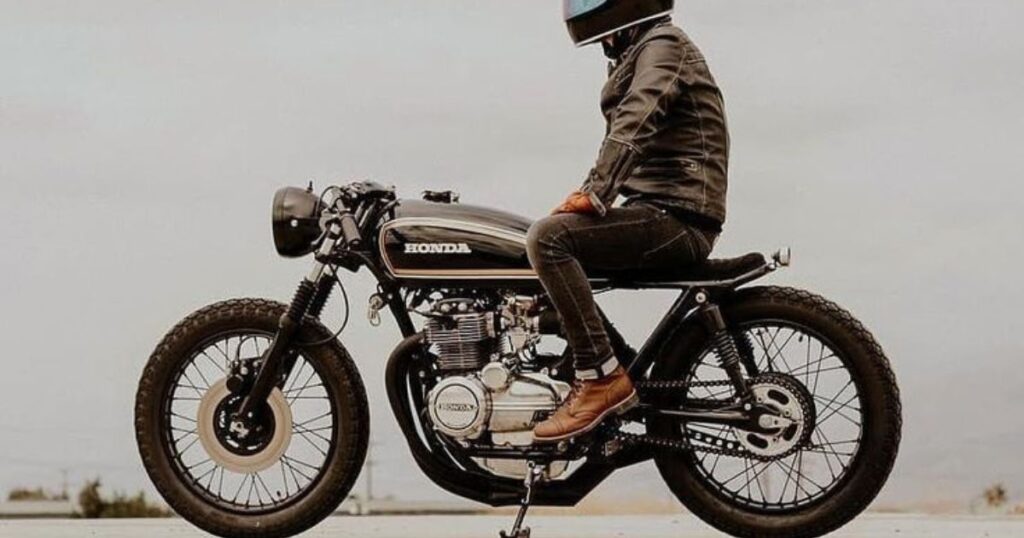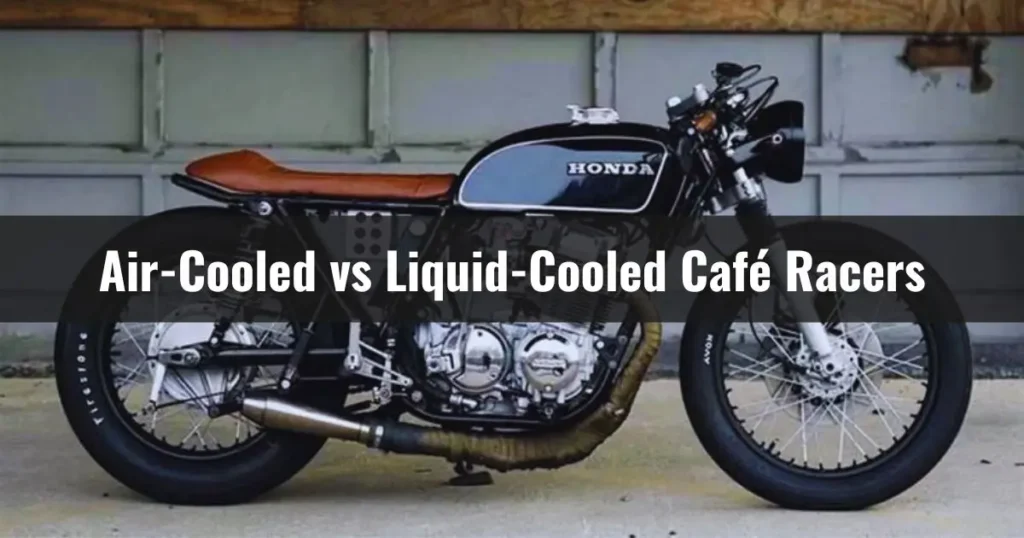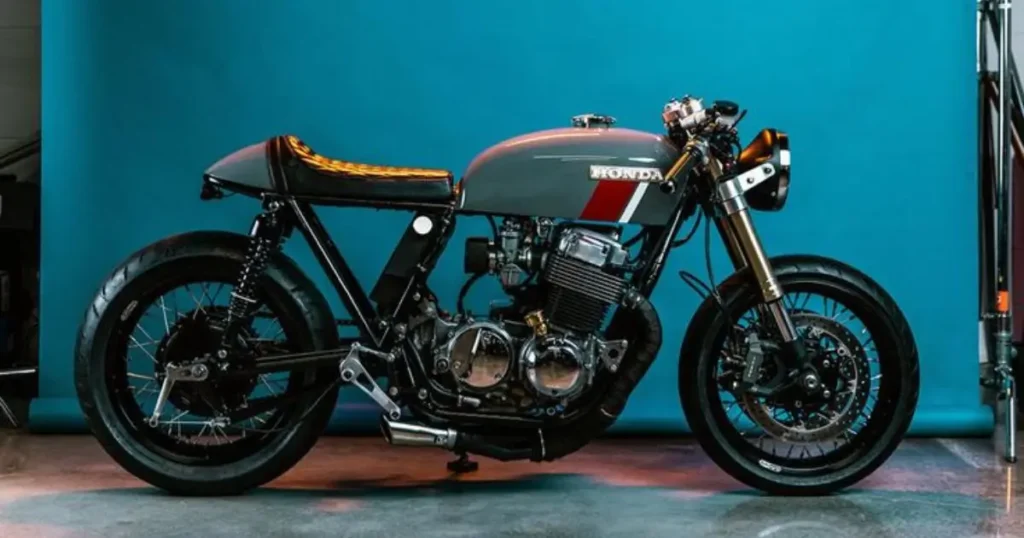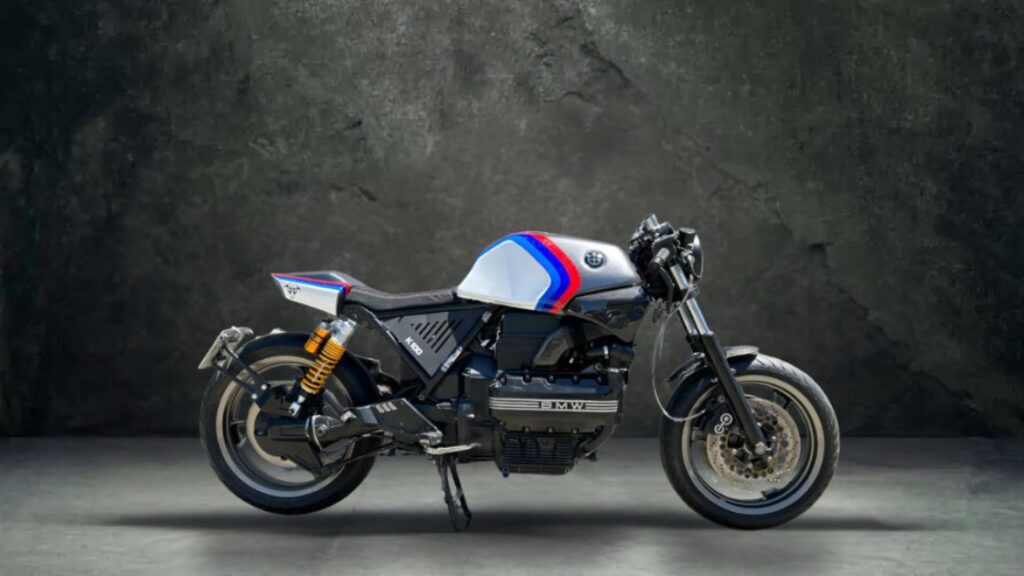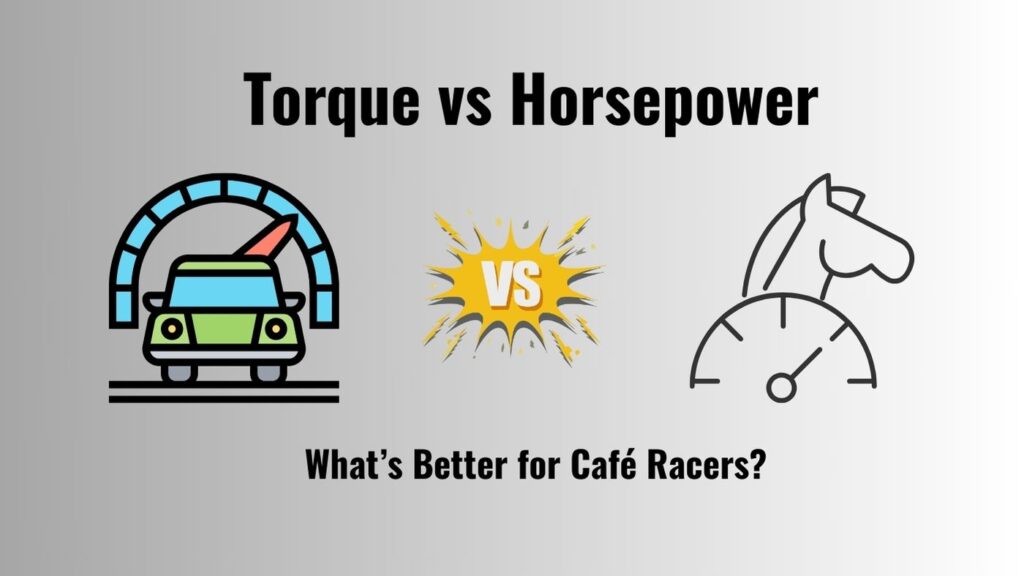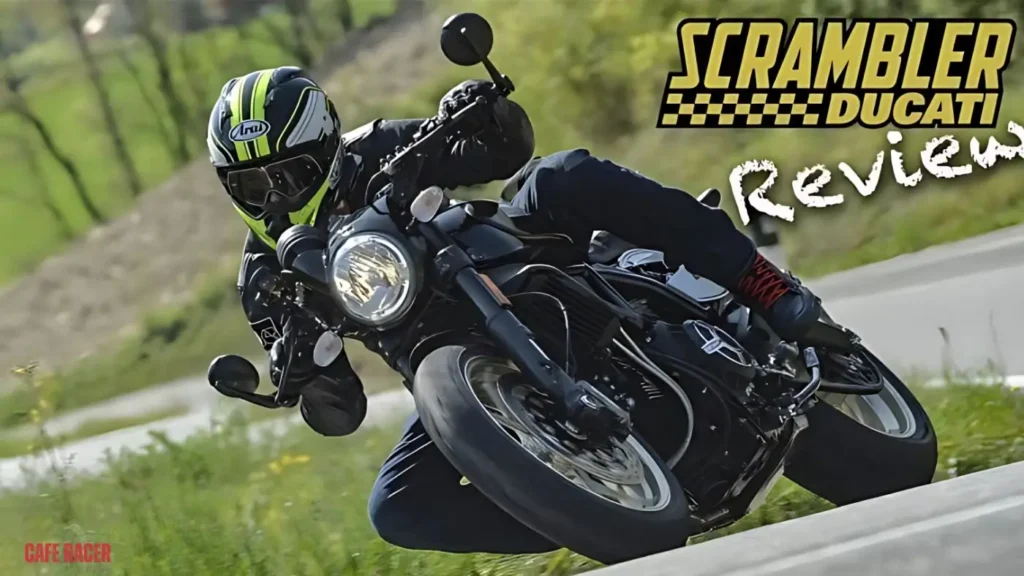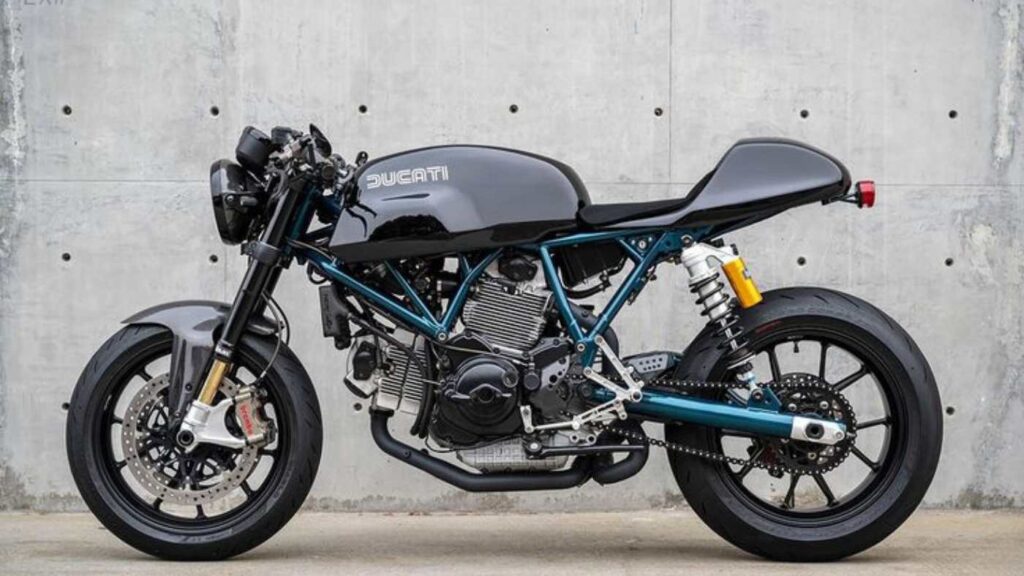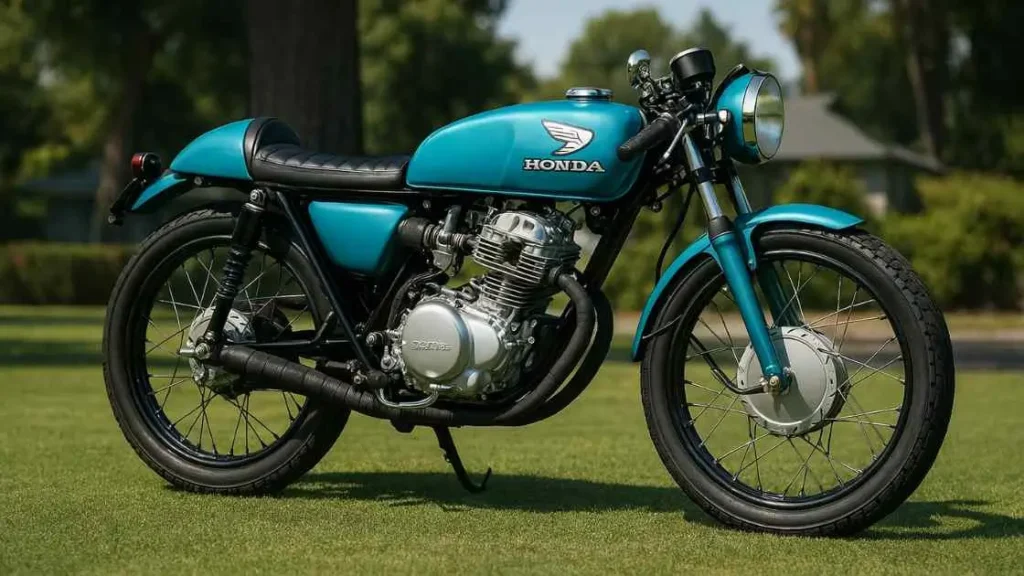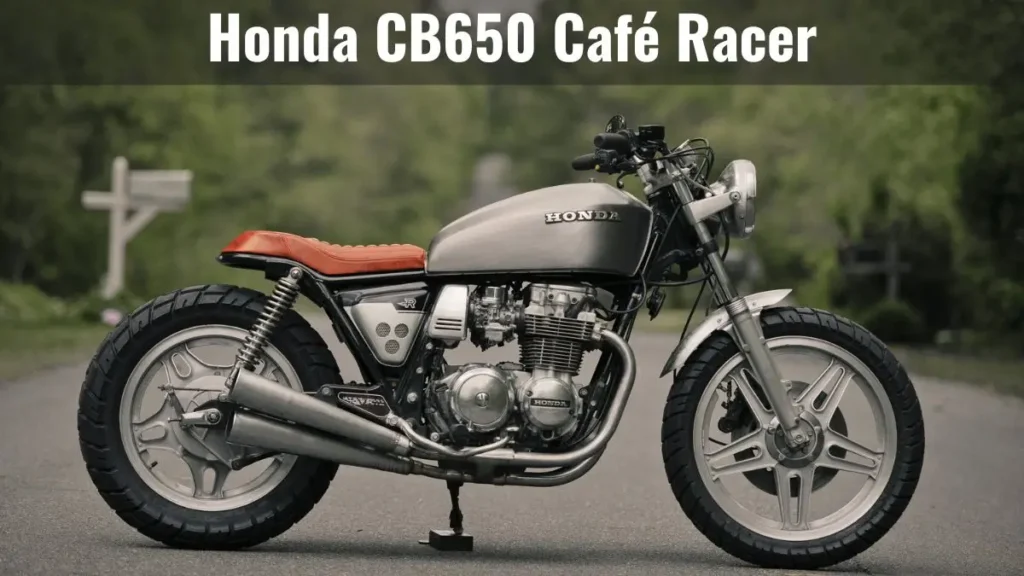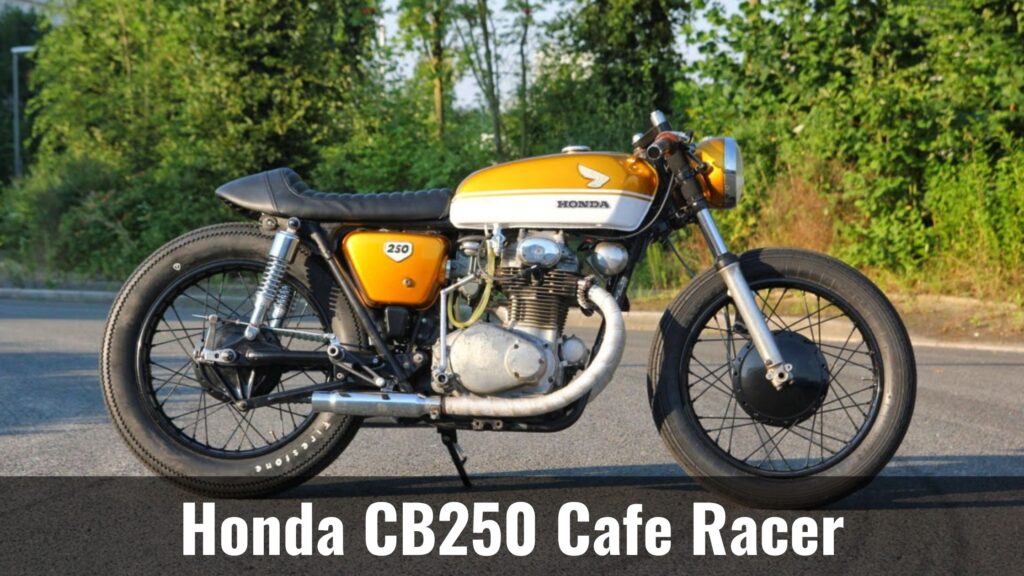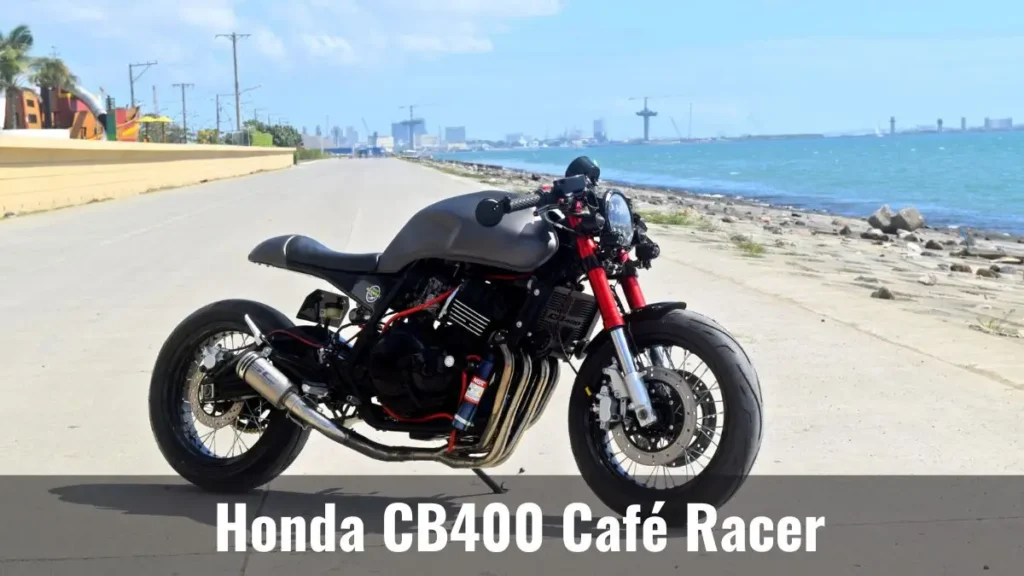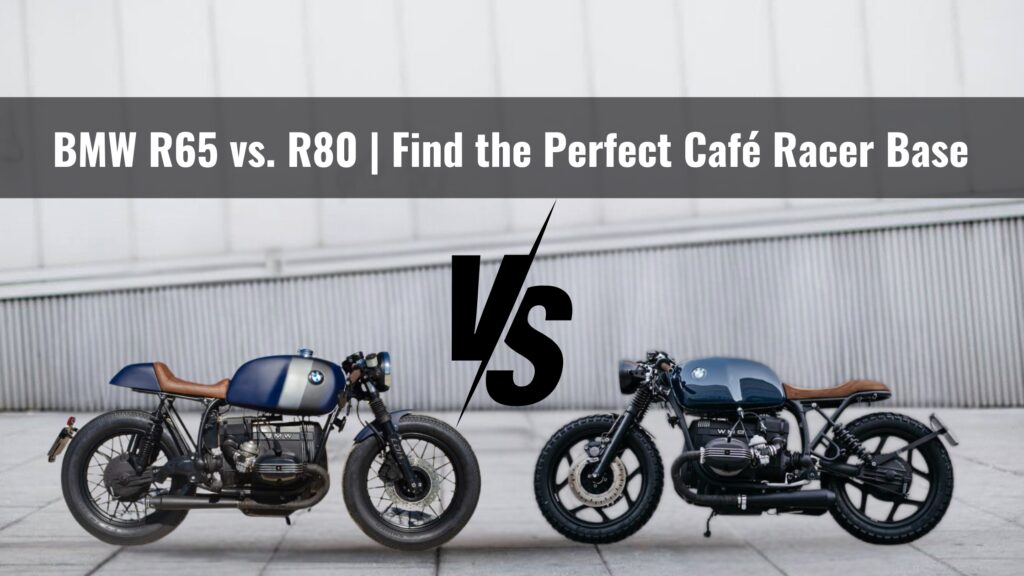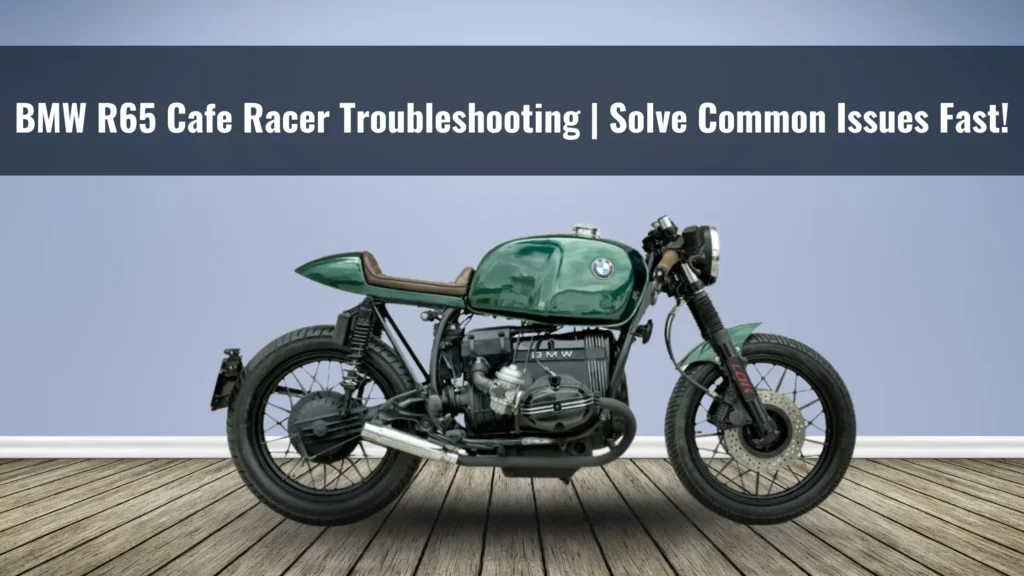Table of Contents
ToggleThe Ducati 750 GT Café Racer is a classic motorcycle with deep roots in Italian engineering. First introduced in the early 1970s, this model helped shape Ducati’s reputation for performance and style. It featured a unique L-twin engine, known for reliability and smooth power delivery. Over time, this bike became a popular base for café racer conversions. Builders appreciated its strong frame, timeless design, and mechanical simplicity. Today, the Ducati 750 GT remains a top choice for custom enthusiasts. This guide covers its history, technical details, custom options, and ownership tips—all tailored for readers exploring the world of classic café racers.
What Made the Ducati 750 GT a Game-Changer in Motorcycle History?
The Ducati 750 GT was launched in 1971. It marked a major step for Ducati in road motorcycle development. This model was the first to feature the now-iconic 90-degree L-twin engine, designed by Fabio Taglioni. The engine layout improved balance and reduced vibration. Ducati chose this design for better handling and smooth performance on long rides.

The 750 GT was produced until 1974. During that time, Ducati released only around 4,000 units worldwide. Most of them were sold in Europe and the United States. The bike gained attention for its clean lines, mechanical sound, and reliable powertrain.
It also played a big role in setting Ducati’s future direction. Many design elements from the 750 GT were used in later models. These include the frame geometry and engine configuration. Riders praised the bike for its unique look and strong road presence. Today, the 750 GT is seen as a symbol of Ducati’s shift from racing-only machines to street-focused performance motorcycles.
Original Ducati 750 GT Technical Specifications
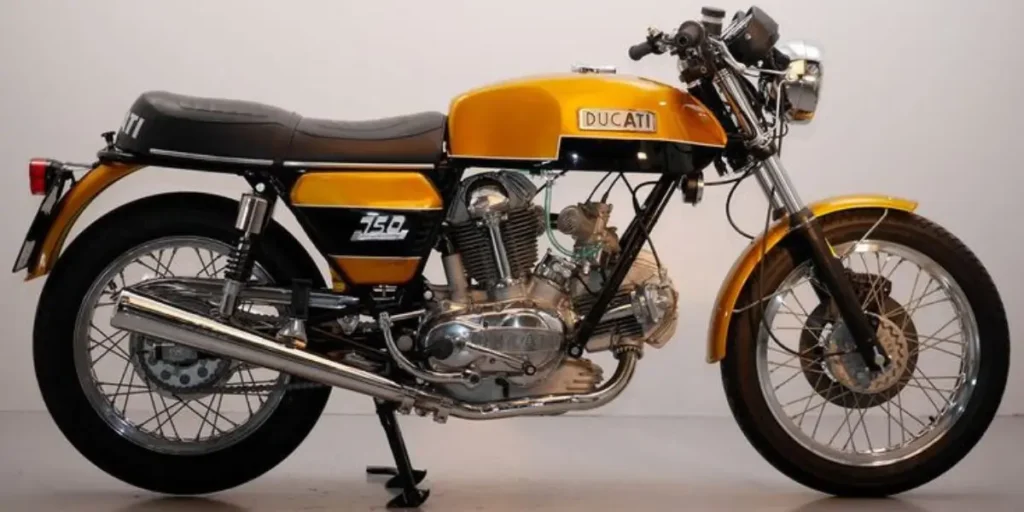
The Ducati 750 GT was designed with performance and simplicity in mind. It used mechanical components that were easy to maintain and reliable over long distances. Each part of the motorcycle worked together to create a balanced riding experience. The focus was on road handling, engine durability, and rider comfort.
Here are the key specifications of the original Ducati 750 GT:
- Engine Type: 748cc, 90° L-twin, air-cooled
- Valve System: Two valves per cylinder, bevel gear-driven camshaft
- Power Output: Approximately 60 horsepower at 8,000 rpm
- Transmission: 5-speed manual gearbox
- Fuel System: Twin 32mm Dell’Orto carburetors
- Top Speed: Around 200 km/h (124 mph)
- Front Suspension: Telescopic forks
- Rear Suspension: Dual shock absorbers
- Front Brake: Single 280mm disc
- Rear Brake: Drum
- Frame: Tubular steel, open cradle
- Wheelbase: 1,520 mm
- Dry Weight: Around 185 kg (408 lbs)
These specifications made the 750 GT a capable and confident road bike. The low center of gravity improved stability. The wide powerband allowed smooth acceleration in all gears. Its combination of power and handling is one reason it remains a popular base for custom café racer builds today.
Why Did the Ducati 750 GT Become a Café Racer Favorite?
The Ducati 750 GT holds a special place in café racer history. It was never built as a café racer from the factory. But its layout, engine style, and riding posture made it ideal for that transformation. Riders in the 1970s began customizing the 750 GT to match the café racer trend—minimal weight, strong performance, and a clean look.
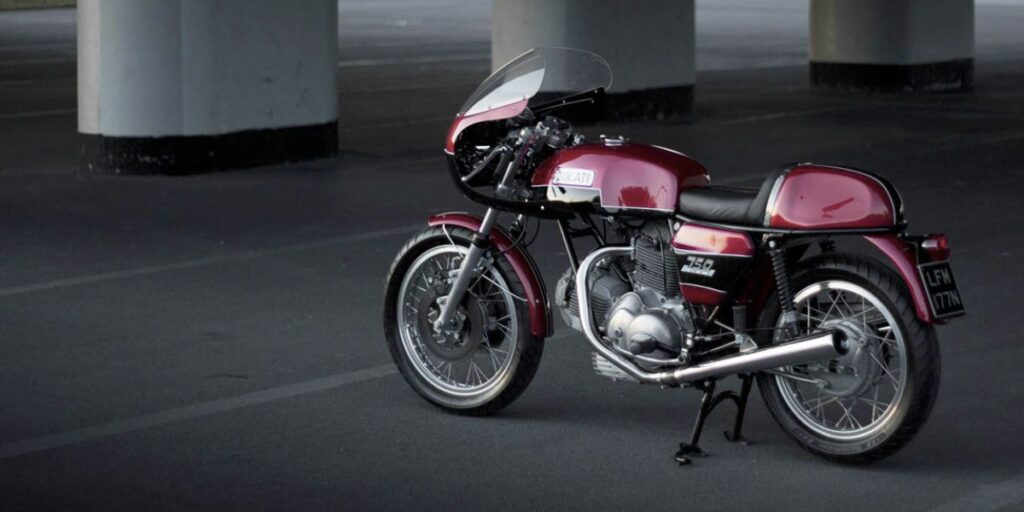
Its frame supported modification. Builders could remove stock parts and add lighter components without cutting or welding the core chassis. This made it easier to shape the bike into a more aggressive, race-like profile. The L-twin engine added both style and sound, making the bike stand out visually and audibly.
The 750 GT’s original geometry offered good balance at high speed. With café racer upgrades like clip-on bars and rear-set foot controls, it became even sharper. These changes gave it quicker steering and a forward-leaning stance, typical of classic café racers.
Today, the 750 GT is still chosen for builds that aim to blend vintage identity with café racer elements. It has become part of the culture because of its strong mechanical base, period-correct style, and Ducati’s brand heritage.
How to Build a Ducati 750 GT Café Racer with the Right Parts and Upgrades
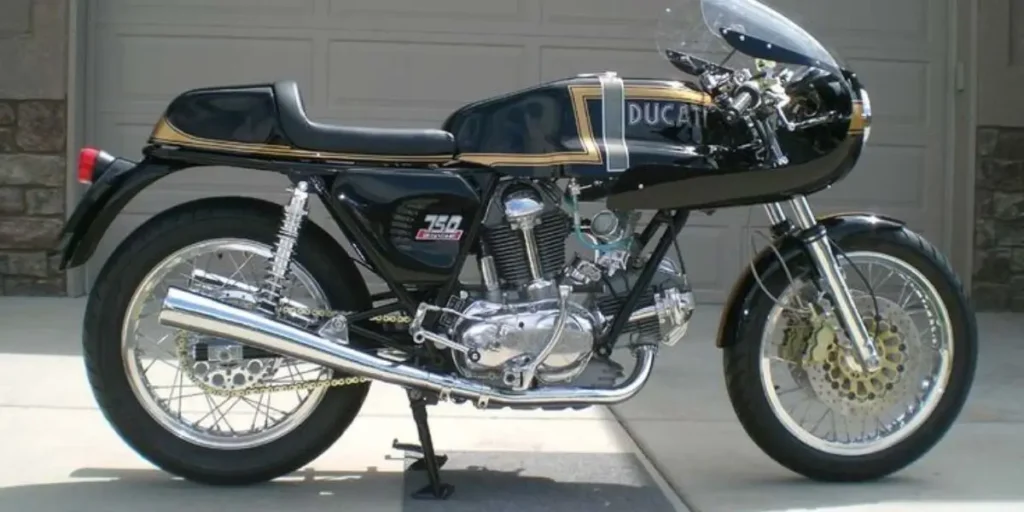
To turn a Ducati 750 GT into a café racer, you need a clear plan and basic knowledge of the bike. Most people try to make it lighter, handle better, and look more classic. Every change should improve how the bike rides and looks. This part shows the main changes people usually make in a café racer build.
Aesthetic Modifications for Ducati 750 GT Café Racer
Visual changes define the café racer identity. Most builders start by replacing the original fuel tank with a slimmer, vintage-style tank. This gives the bike a cleaner and longer profile. The seat is also replaced—usually with a single-seat “hump” design common in café racers. Upholstery is often hand-stitched for a period-correct finish.
Clip-on handlebars or clubman bars lower the rider’s position and change the riding angle. Mirrors are moved to the bar ends or under the handlebars. Fenders are trimmed or fully removed to create a minimalist look. Custom paintwork, retro decals, and polished metal surfaces complete the visual identity.
Performance Upgrades for Ducati 750 GT Café Racer
The 750 GT café racer build is not just about looks. Builders also upgrade engine parts to improve throttle response and top-end power. Swapping the stock exhaust for a free-flowing system increases performance and produces a louder, deeper tone. Brands like Conti and Lafranconi are often used for vintage Ducati builds.
The carburetors are usually re-jetted or replaced to match the exhaust upgrade. Air filters are switched to pod-style units for better airflow. Suspension is also updated—modern shocks at the rear and stiffer fork springs up front improve handling. Brake upgrades, such as a dual-disc conversion at the front, make the ride safer without changing the classic look.
Where to Source Ducati 750 GT Café Racer Parts?
Finding parts for the Ducati 750 GT requires research and the right suppliers. Original equipment manufacturer (OEM) parts are limited due to the bike’s age. However, several stores and online platforms offer quality replacements and custom parts.
- Bevel Heaven specializes in vintage Ducati parts, including for the 750 GT.
- Café Racer Webshop provides universal and model-specific parts for Ducati café racer builds.
- Forums like Ducati.ms and Vintage Ducati Forum help connect with experienced builders and part sellers.
- eBay and specialist Facebook groups often list rare items like original tanks or period-correct lights.
Buyers should always check part compatibility before purchase. Some aftermarket parts may need custom fitting, especially if combining modern components with vintage frames.
Custom Café Racer Builds Based on the Ducati 750 GT
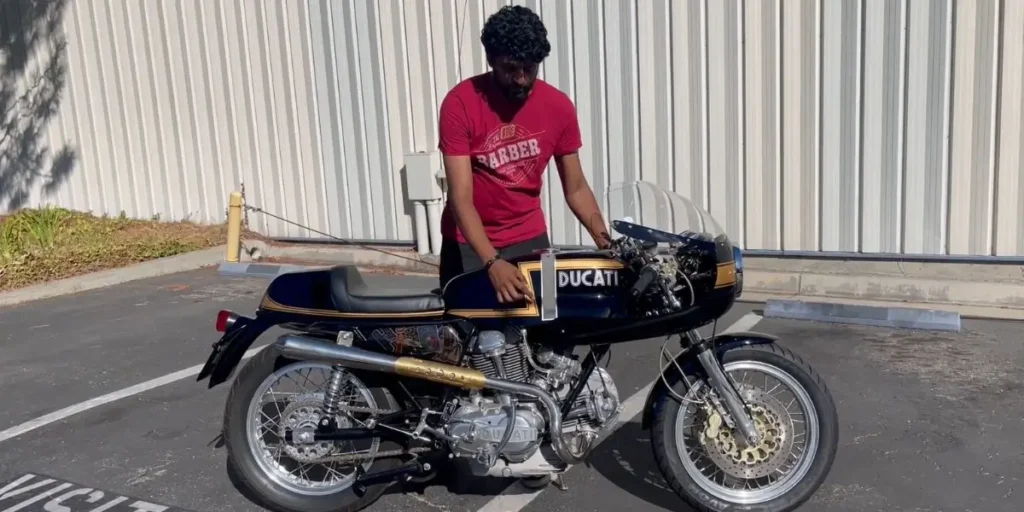
Finding fully documented café racer builds using the original Ducati 750 GT as a base is rare. Most owners restore these bikes to original condition due to their collectible value and limited production. However, a few enthusiasts have created café-style customs while respecting the vintage design.
Some builders retain the stock frame and engine but update suspension, brakes, and ergonomics. Common changes include clip-on handlebars, a solo café seat, rearset footpegs, and a slim custom tank. These modifications improve riding position and style without harming the bike’s historical value.
Online forums like Ducati.ms, Bevel Heaven, and select classic motorcycle auctions occasionally feature 750 GT customs with light café racer influence. While not widely published, these builds show that with care, the Ducati 750 GT can be reimagined as a café racer while preserving its original soul.
Ducati 750 GT Café Racer Ownership and Maintenance Guide
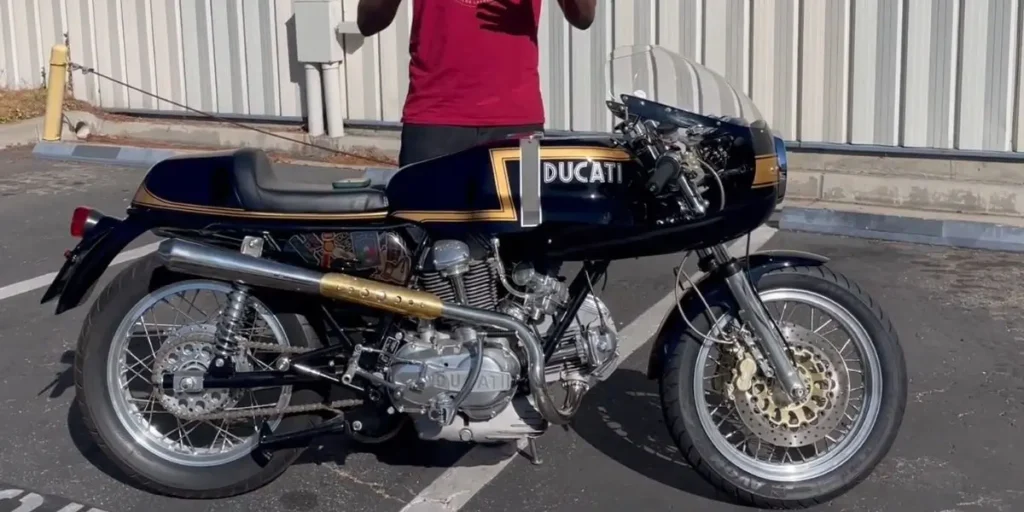
The Ducati 750 GT Café Racer is a bike that demands attention and care. Custom builds, in particular, need regular checks to keep everything running smoothly. This section focuses on key areas like maintenance routines, common mechanical problems, and realistic ownership costs. Clear guidance helps riders keep the bike reliable, efficient, and ready for the road.
Regular Maintenance Checklist
Routine care keeps the Ducati 750 GT in optimal condition. Custom café racer modifications may require more frequent checks. Below is a maintenance checklist:
| Component | Recommended Action | Frequency |
| Engine oil | Replace with quality 20W-50 oil | Every 2,000–3,000 km |
| Spark plugs | Clean or replace | Every 5,000 km |
| Valve adjustment | Inspect and adjust clearance | Every 6,000 km |
| Chain and sprockets | Clean, lube, and check tension | Every 1,000 km |
| Brake system | Check pads, bleed fluid if needed | Every 5,000 km |
| Fuel lines & filter | Inspect for cracks and replace | Annually |
| Tires | Check for wear and pressure | Monthly |
Aftermarket parts or upgrades can change how often certain tasks are needed.
Common Issues in Custom Ducati 750 GT Builds
Café racer conversions often change the bike’s original layout. While these changes enhance performance and appearance, they may also introduce challenges:
- Electrical system strain: Aftermarket lighting or digital gauges can overload the vintage wiring.
- Heat management: Open-style exhausts and performance tuning may raise engine temperature.
- Fitment concerns: Some custom parts require modification for proper fit. Misalignment can affect safety or handling.
- Brake feel: Modern disc setups on older forks may cause spongy feedback if not properly balanced.
Routine inspection helps prevent these issues before they become serious.
Cost of Ownership
Restoring and customizing a Ducati 750 GT can be expensive. The final cost depends on part quality, labor, and how much of the work is done personally. Here’s a general breakdown:
| Category | Estimated Cost (USD) |
| Base bike (used) | $8,000 – $15,000 |
| Aesthetic parts | $1,500 – $3,000 |
| Performance upgrades | $2,000 – $4,000 |
| Mechanic labor (if needed) | $50 – $100/hour |
| Annual maintenance | $300 – $600 |
Owners should budget for ongoing service, rare part sourcing, and occasional upgrades. Custom bikes, especially those with classic Ducati components, need regular financial planning.
Conclusion
The Ducati 750 GT Café Racer is more than a custom motorcycle. It blends classic Ducati engineering with café racer style and function. Its strong engine, vintage frame, and upgrade potential make it ideal for personal builds. From design to maintenance, each step in owning or creating this bike needs attention and care. Riders choose it for its history, unique look, and performance value. Whether restoring or customizing, the Ducati 750 GT offers real satisfaction. With the right parts, clear planning, and regular upkeep, it becomes a reliable and rewarding machine. For any café racer enthusiast, this model stands as a true example of heritage and craft—built for the road, made to last.
FAQs
How much does a fully customized Ducati 750 GT café racer cost on average?
Prices vary depending on build quality, parts, and labor. A complete project usually ranges between $12,000 and $25,000. Builds using rare or vintage parts can go even higher.
Which modern parts are most commonly added to Ducati 750 GT café racer builds?
Many builders add modern suspension, disc brakes, lithium batteries, LED lights, and digital speedometers. These upgrades improve performance and safety while keeping the vintage look.
What tools are required to start working on a Ducati 750 GT café racer at home?
Basic garage tools include metric wrenches, socket sets, a torque wrench, tire levers, a bike lift, a multimeter, and a carb sync tool. For frame work, a welder or grinder may be needed.
What should I check before buying a used Ducati 750 GT for a café racer build?
Check for engine compression, frame damage, rust, wiring condition, and originality of parts. Also review the VIN and engine numbers for authenticity. Ask for service history if available.
What fuel does the Ducati 750 GT use, and are fuel upgrades needed?
The original engine runs on standard unleaded fuel, but many owners use premium fuel for smoother performance. Upgrading to ethanol-resistant fuel lines and filters is recommended for modern fuel.
Are Ducati 750 GT café racer builds legal in all countries?
No. Some countries have restrictions on modified motorcycles. Always check your local laws for rules on noise, lighting, fender removal, emissions, and turn signals before riding on public roads.
Which online stores are best for sourcing authentic Ducati 750 GT parts?
Reliable sources include Bevel Heaven (USA), Gowanloch Ducati (Australia), Stein-Dinse (Germany), and eBay Motors. Some builders also find parts in dedicated Ducati Facebook groups and classic bike forums.
How long does it take to build a Ducati 750 GT café racer from start to finish?
A full build can take anywhere from 3 months to over a year. Timeline depends on skill level, part availability, work hours per week, and whether fabrication is done in-house or outsourced.
How does the Ducati 750 GT café racer compare to Triumph Bonneville café builds?
The Ducati has a more distinctive L-twin engine sound and Italian frame design, while the Bonneville is more common, easier to find parts for, and simpler to work on. Ducati builds are rarer and seen as more exotic.
What are the best Ducati models to use for a café racer build besides the 750 GT?
Ducati offers several great platforms for café racer builds, including the Ducati Monster, 900SS, and Scrambler models. Each has its own strengths in style, engine layout, and custom potential.


